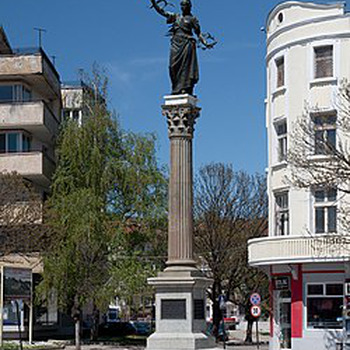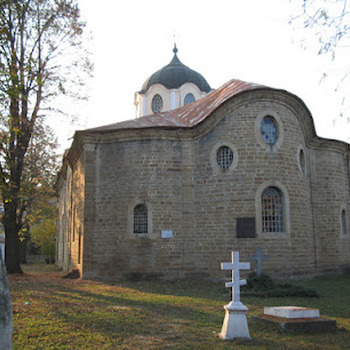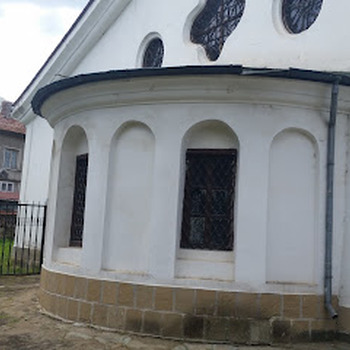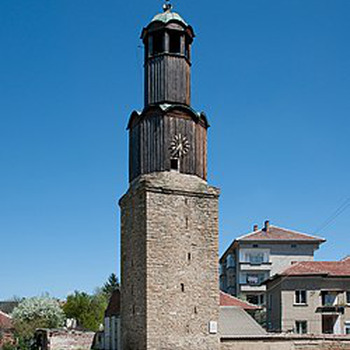Monument of Freedom - Sevlievo
Overview
The Freedom Monument in Sevlievo is among the first monumental monuments to those killed in the April Uprising and the Liberation War in young Bulgaria. The idea came from the surviving volunteers and fighters, who united in 1882 in the Lev Volunteer Society. As the first task in their statute it is written "... to erect a monument in the city, to remind of the fallen volunteers, insurgents and fighters ..." The first funds were raised by the end of 1882 from membership fees and donations from citizens. The then architect of the Sevlievo district Gessler made a sketch and a plan. The Italian master stonemason Debonno Apolloni made the pedestal and the beautiful column, and it was placed approximately at the place where, after the bloody defeat, gallows were erected for eight of the leaders of the uprising. The artist Otto Horeishi painted a project of the statue - a young woman symbolizing free Bulgaria. In her left hand she holds a laurel wreath to crown those who died for freedom, and with her right hand she calls with a trumpet for the unification of the Bulgarian lands. The famous Petko R. Slaveykov, with whom the Bulgarian community in Sevlievo maintained close ties, selected texts / two of which were author's / for the four bronze plates on the pedestal. An order was made for the making of the statue in the then famous all over Europe factory for artistic casting "Richard Wagner". The beautiful work is the work of the Italian sculptor Arnoldo Dzoki / 1862 - 1940 /, author of many famous statues around the world, including the monument to Tsar Liberator in Sofia, Freedom in Ruse and sculptures in Vidin, Plovdiv, Oryahovo. Among his most famous works in the world are the monuments of Columbus of Buenos Aires, Garibaldi in Bologna, St. Francis of Assisi in Cairo and many others. All this took 12 years and about 30,000 gold levs, two thirds of donations. In February 1894 the statue was sent by ship and arrived in Svishtov from Vienna. From there she was transported by oxen to Sevlievo. On September 8, 1894 the solemn opening of the Monument of Freedom took place in Sevlievo. Thousands attended to pay their respects to the dead. From then until today, on all memorable days and celebrations, the Freedom Monument is strewn with wreaths and flowers. City life has been around it for decades and it has become a symbol of the city. A symbol of the free city and free people who do not forget their heroes.
Recommended
- Dandolovi houses ethnographic complex
- Asen and Ivan City Art Gallery
- Hadjistoyan's school
- Museum of Contemporary Art
- Museum of Education
- Clocktower
- Hotalich Fortress
- Krushevski waterfalls


 Bulgarian
Bulgarian Romanian
Romanian




